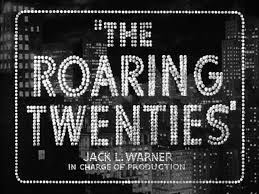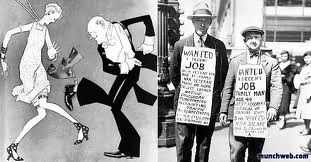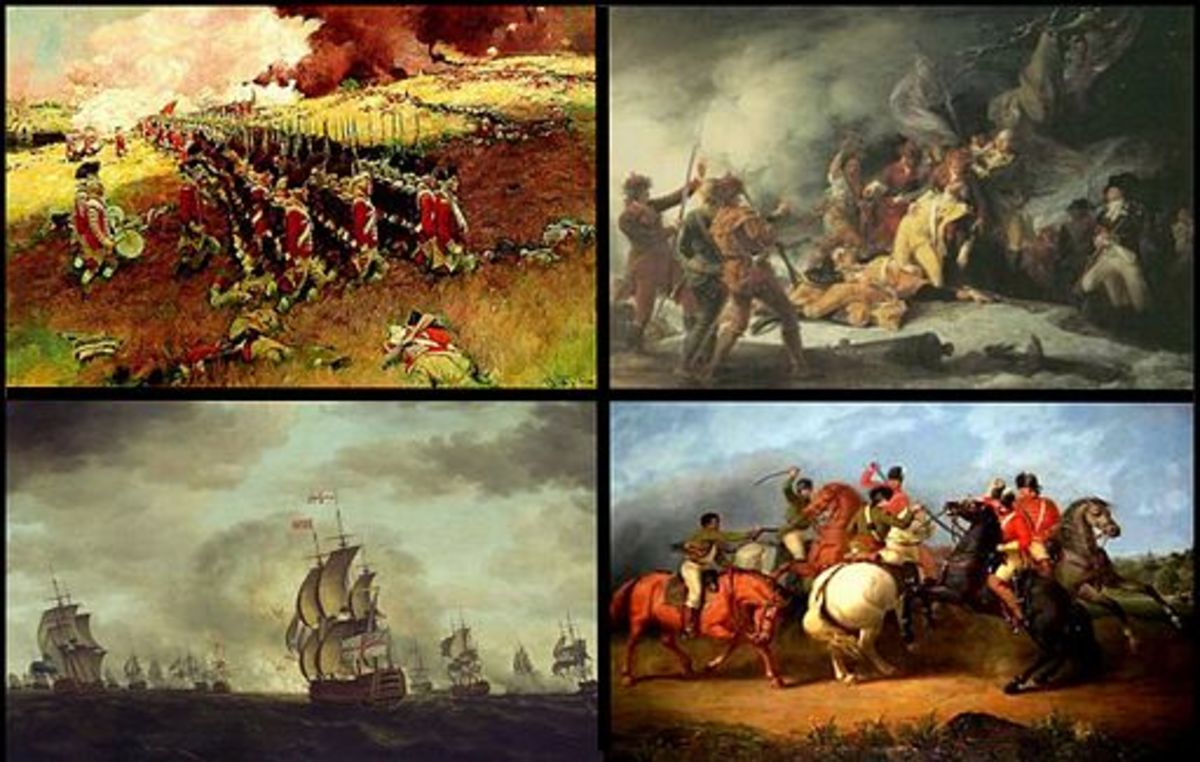- HubPages»
- Education and Science»
- History & Archaeology»
- History of the Americas
The Roaring Twenties in America


The Twenties were a time of great economic wealth and prosperity, by way of big business and mass production. The economy was fueled by the new needs of consumerism and the ending of traditional prudent culture. Women were changed from house wives to big buyers, as materialism was pushed by need of expanded products. Television and radio helped to push the need to buy more as commercials and ads changed the landscape. Mass media helped bring about the first idea of celebrities to help push more products. Capitalism was brought to this country by air waves and broadcasting. America was tempted to buy processed meals and gadgets that they did not need, nor afford. This was the Roaring Twenties.
The beginning of consumer credit helped this now super consuming nation to fill their needs of instant gratification. Large purchases like furniture, cars and larger appliances were overwhelmingly paid for with credit, giving many families an ability to own some of the finer technologies of their time. Credit also helped many families to own a home who normally would not be able to own housing before many years of savings. Credit also helped facilitate poor spending choices, frivolous purchases burdened the American middle class with high dollar loans many could not afford to pay. Middle class Americans began the descent into debt, paired with low wages, made them slaves to the credit and interest rates needed to live the life portrayed by mass media. By the end of the 1920’s, credit was then the 10th largest industry in America and completely changed the way our economy operated.
Government officials were being sold to the highest business, blending government policy and pushing push for big business. Large contributions changed the policies of how businesses were ran, as well as changing many progressive structures created in the previous decade. Child labor laws were reduced, as well as women’s push for a more equal wage to their male counterparts. Taxes were reduced on businesses by government to help the business owners produce more profit and then create more jobs for all. This trickle down of wealth was a false if not misinformed prediction because this time in America shaped the great disparities, the 1% that we still have today. Government officials took bribes from big businesses to pass legislature and turn a blind eye to corruption.
Government also pushed for the break-down of long fought for unions. Businesses wanted to do away with unions, they did not want to pay the
higher wages demanded of the unions and government officials helped to facilitate this. The fall of most unions caused wages to sink, some industries were affected more than others. Miners in the Appalachia were hit especially hard losing almost a third of their wages and most of their pay. All of the progression made in the decade before was crushed with the loss of Unions, pay decreased and hours increased. As government and business converged, the lives of average Americans suffered. Long work days were reinstated, as the rights of the workers diminished.
Productivity and mechanizing left many Americans without a job, while the richest pocketed more profits than ever before. The large divide in wealth inequalities were magnified and 1% was born. Working conditions also deteriorated as cheap labor was migrating in from the rural areas as people looked for employment and a better way of life. Immigrants and minorities started their own communities in lieu of continuous segregation and racial discrimination in southern and rural communities. Churches and racial motivated groups rose up to help aid them in the city.
So the economy in the Twenties was roaring for the wealthy, however their wealth was a direct result of the poor’s pain and suffering. The twenties may have shaped the way consumers now a days think of materialism, as well as change the way businesses promote their goods to the public. It may have also been the reason for the Great Depression that started with a crash of the markets in 1929.








